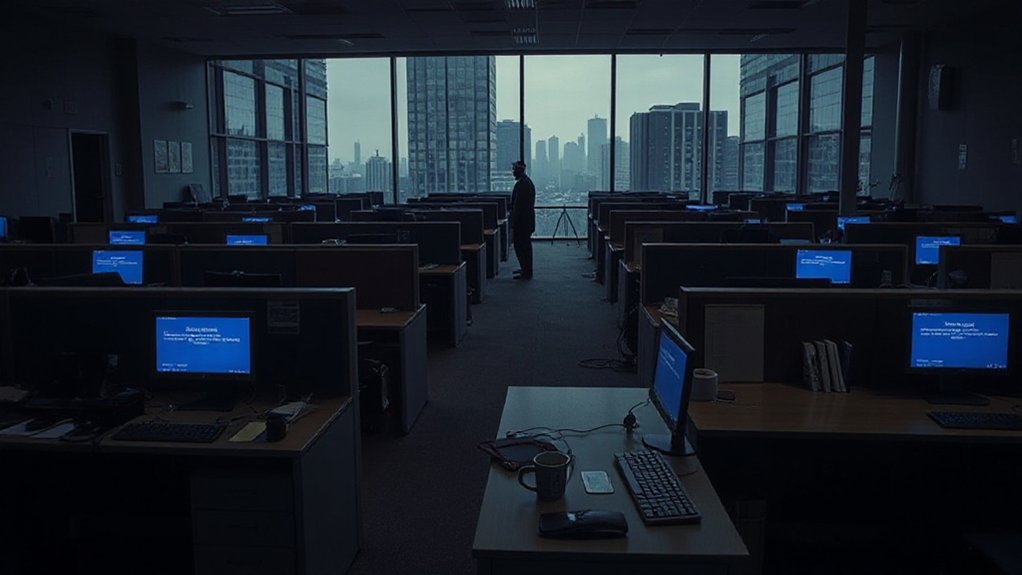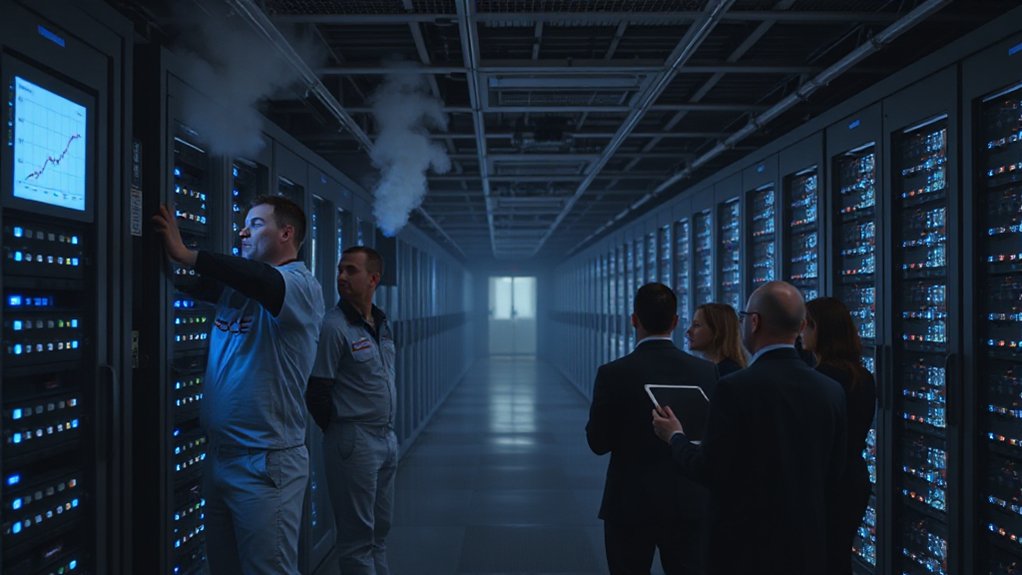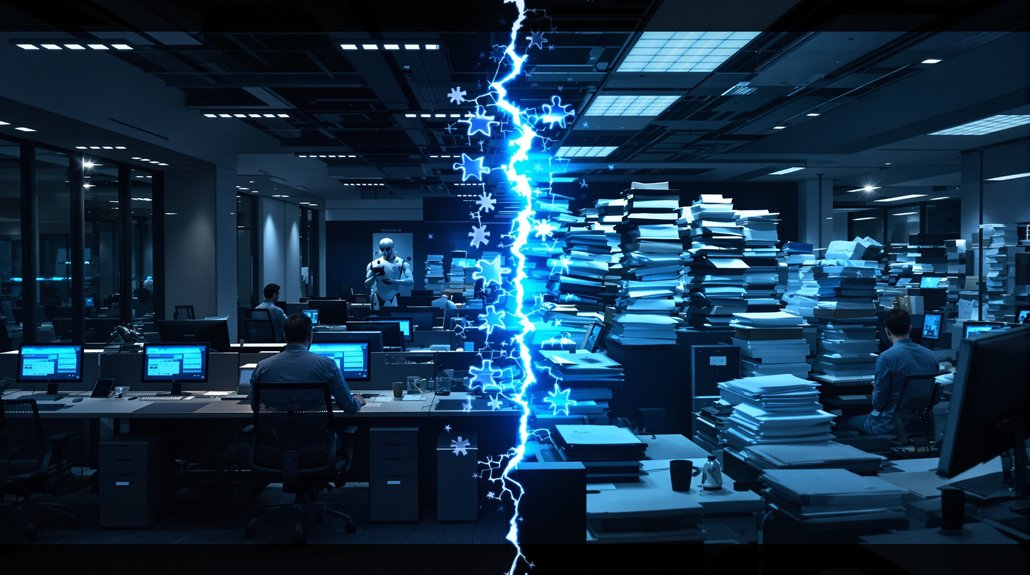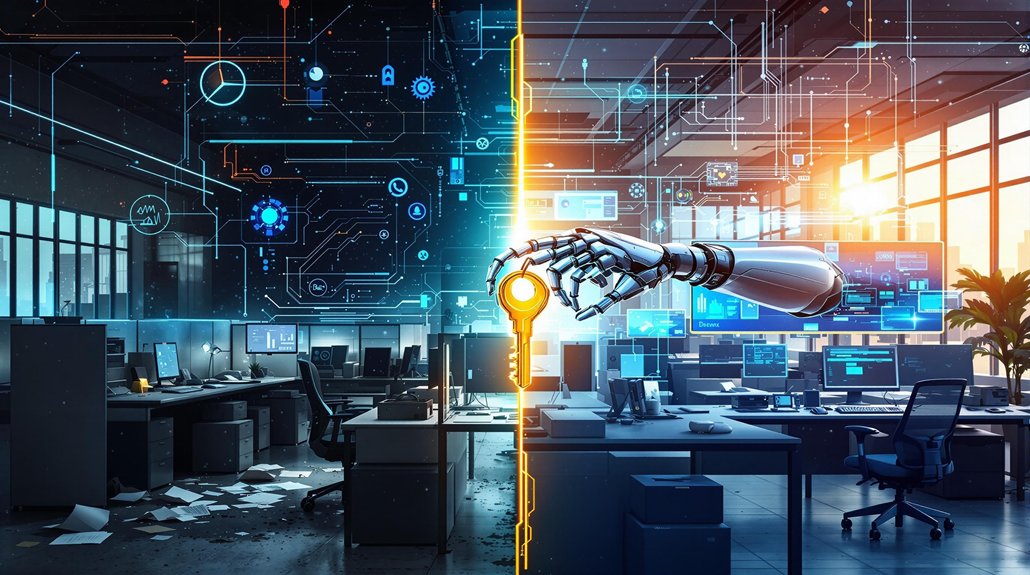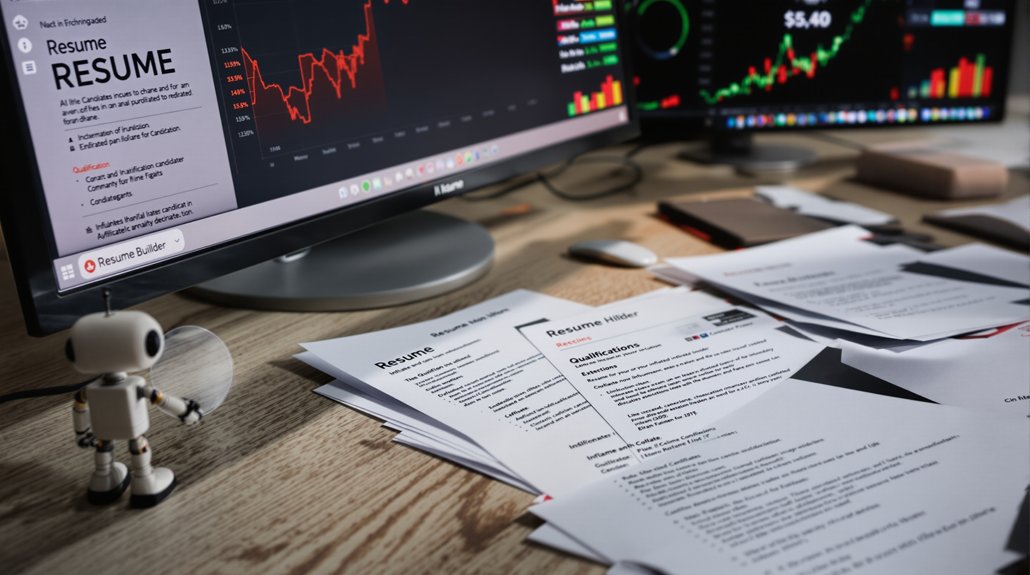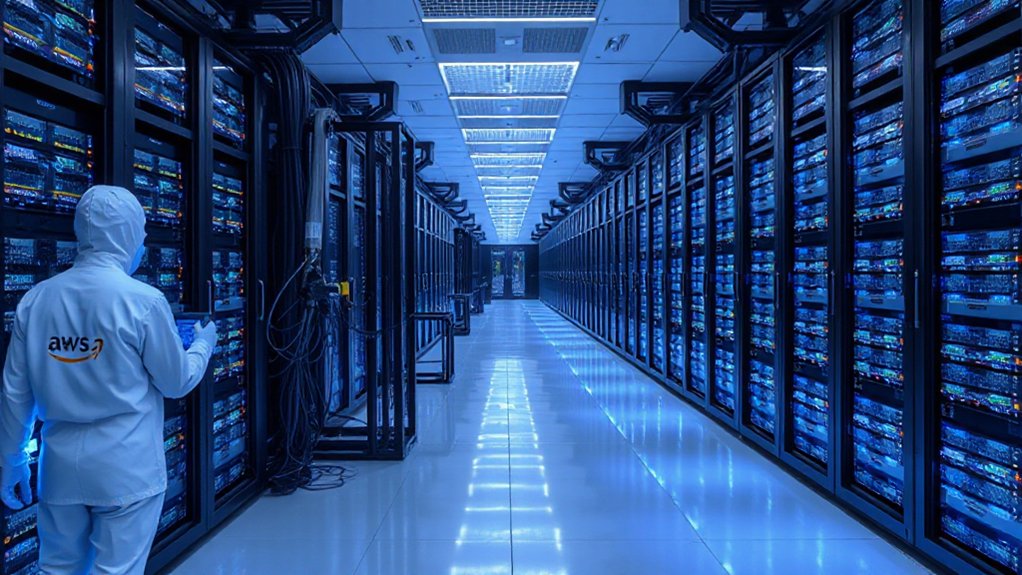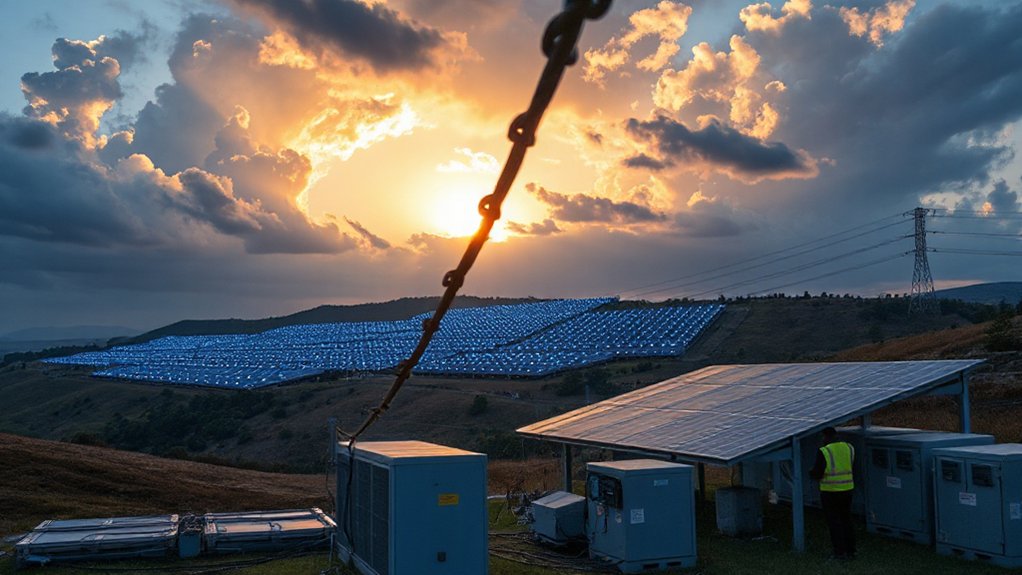Millions of workers are facing a changing job landscape as artificial intelligence reshapes employment patterns across the U.S. Recent data shows that AI innovation could displace 6-7% of the American workforce if widely adopted, with certain job sectors feeling the impact more severely than others.
The transformation is happening rapidly in data-rich sectors. Clerical and administrative roles like secretaries and data entry clerks face significant automation risk. Bank tellers are projected to see a 15% employment decline by 2033, representing about 51,400 lost jobs. Cashiers aren’t faring much better, with an expected 11% decline affecting over 350,000 positions. Nearly 46% of tasks in administrative jobs are at high risk of automation.
Young workers have been hit particularly hard by this shift. Early-career professionals (ages 22-25) in AI-exposed roles have seen employment decline by about 6% from late 2022 to mid-2025. Meanwhile, older workers in the same fields have experienced growth, creating a stark generational divide in the AI economy. Workers aged 18-24 are 129% more likely than those over 65 to worry AI will make their job obsolete.
The AI revolution’s cruel irony: pushing out young talent while rewarding experience in the very fields that promise innovation.
The correlation between AI exposure and rising unemployment is strong, with a 0.47 correlation across occupations. For jobs intensely adopting generative AI, this correlation jumps to 0.57, with tech-related roles seeing the biggest impact. Customer service positions, including call center agents, are increasingly being replaced by AI chatbots.
By 2030, approximately 92 million jobs worldwide could be displaced due to AI advancements. However, the same technologies are expected to create about 170 million new jobs. The challenge is that these new positions require different skills and aren’t direct replacements for lost roles. Studies indicate that AI job displacement effects are typically temporary in nature, with most negative impacts diminishing after about two years.
Manufacturing has already experienced this shift, with routine factory jobs having lost approximately 1.7 million positions since 2000 due to automation. Specialized roles like medical transcriptionists and credit analysts are projected to decline by 4.7% and 3.9%, respectively, by 2033.
The evolving employment landscape reflects AI’s dual nature as both a disruptor of traditional career paths and a creator of new opportunities, though the change remains challenging for many workers.
References
- https://www.goldmansachs.com/insights/articles/how-will-ai-affect-the-global-workforce
- https://www.stlouisfed.org/on-the-economy/2025/aug/is-ai-contributing-unemployment-evidence-occupational-variation
- https://digitaleconomy.stanford.edu/wp-content/uploads/2025/08/Canaries_BrynjolfssonChandarChen.pdf
- https://www.weforum.org/stories/2025/08/ai-jobs-replacement-data-careers/
- https://www.nu.edu/blog/ai-job-statistics/
- https://www.pwc.com/gx/en/issues/artificial-intelligence/ai-jobs-barometer.html
- https://www.nexford.edu/insights/how-will-ai-affect-jobs
- https://www.brookings.edu/articles/new-data-show-no-ai-jobs-apocalypse-for-now/
- https://budgetlab.yale.edu/research/evaluating-impact-ai-labor-market-current-state-affairs
